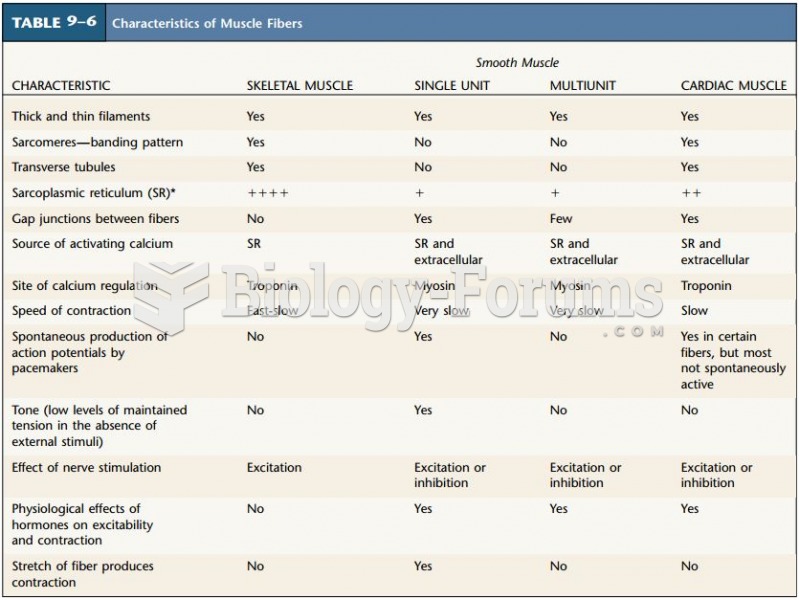Answer to Question 1The Mongolian gerbil will reach a size of six to eight inches long from nose to tail; the body is about three to
four inches long. A mature gerbil will weigh three to four ounces.
The body is short and thick, and the gerbil has a hunched appearance when squatting on its hind legs.
The forelegs are very short, with the forepaws being very similar to hands and used to hold food. The hind
legs and feet look very similar to those of a kangaroo and are large and furry with long toes and claws. The
large feet enable the gerbil to stand firmly in the sand of its desert environment. The gerbil walks on all fours
but, when stopped, will stand up on its hind legs to observe the immediate area. In the wild, gerbils use their
strong hind legs to leap and jump, but those raised in captivity will rarely jump except in efforts to escape
their cages.
The tail is covered with fur, has a bushy tip, and is used for support when standing; it also acts as a rudder
and stabilizer when jumping or leaping. The skin covering the tail is loose and, if handled roughly, can
become torn and pulled from the tailbone.
The head is broad and wide, and the eyes are large, usually jet-black, and protrude slightly. The ears are
small, rounded, and covered with soft fur. The gerbil's sense of hearing is very acute. This is because of the
enlarged cavities in the skull that amplify the slightest sounds.
The natural color of the Mongolian gerbil is a reddish-brown to dark brown. The fur is composed of dark
guard hairs that give the overall coat a darker appearance. The underside fur is usually lighter brown, cream,
or even white. This natural color pattern is referred to as an agouti color and serves as a camouflage against
the sand and rock of its environment. The light underside fur serves to reflect heat from the desert sand.
Through mutations and selective breeding, gerbils are found today in several different color patterns.
Black, white, black and white, white-spotted agouti, charcoal and white, and orange and white are common
color patterns. The red-eyed white gerbil is not considered a true albino because some of the fur on the back
and tail will turn light brown as the animal matures.
Both male and female gerbils have a scent gland on their stomachs that looks like a bald patch or strip; this
patch is more visible on mature males. The adults leave their scent by sliding their stomachs along an object
or area.
Gerbils are very quiet animals. A shrill squeak is sometimes made as an alarm and during mating by the
female. Young gerbils can be heard making squeaking sounds, but these sounds will diminish as they get
older.
Another method of communication is a drumming sound made by standing upright and pounding with
the rear feet; this drumming sound is also used as an alarm and by the male during mating.
Gerbils are short-lived animals. The life expectancy is usually two years but may be up to four years.
Answer to Question 2Two methods are commonly used when mating hamsters: individual mating and colony mating. In individual
mating of hamsters, the female should always be placed in the male's cage; this will usually result in less fighting.
After mating, the male will rest for a few moments, clean himself, and then pursue the female again. They may
mate several times in a 15- to 20-minute period. When the female is satisfied, she will turn on the male and bite
him. At this time, the female should be removed from the male's cage and placed back in her cage.







